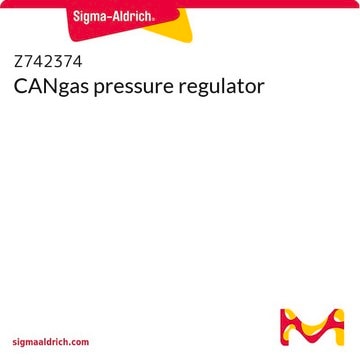295655
Propane
98%
Sinônimo(s):
n-Propane, Propane gas
About This Item
Produtos recomendados
densidade de vapor
1.5 (vs air)
Nível de qualidade
pressão de vapor
190 psi ( 37.7 °C)
8.42 atm ( 21.1 °C)
Ensaio
98%
temperatura de autoignição
842 °F
Lim. expl.
9.5 %
pb
-42.1 °C (lit.)
pf
-188 °C (lit.)
densidade
0.564 g/mL at 20 °C (lit.)
cadeia de caracteres SMILES
CCC
InChI
1S/C3H8/c1-3-2/h3H2,1-2H3
chave InChI
ATUOYWHBWRKTHZ-UHFFFAOYSA-N
Procurando produtos similares? Visita Guia de comparação de produtos
Aplicação
- To prepare acrolein, an important raw material for the preparation of acrylic acid.
- To prepare propene through dehydrogenation reaction.
- As an alkylating agent for benzene.
Embalagem
Compatible with the following:
Informações legais
espiga da mangueira
geralmente comprado junto com este produto
recomendado
regulador
Palavra indicadora
Danger
Frases de perigo
Declarações de precaução
Classificações de perigo
Flam. Gas 1A - Press. Gas Liquefied gas
Código de classe de armazenamento
2A - Gases
Classe de risco de água (WGK)
nwg
Ponto de fulgor (°F)
-155.2 °F - closed cup
Ponto de fulgor (°C)
-104 °C - closed cup
Equipamento de proteção individual
Eyeshields, Faceshields, Gloves
Certificados de análise (COA)
Busque Certificados de análise (COA) digitando o Número do Lote do produto. Os números de lote e remessa podem ser encontrados no rótulo de um produto após a palavra “Lot” ou “Batch”.
Já possui este produto?
Encontre a documentação dos produtos que você adquiriu recentemente na biblioteca de documentos.
Nossa equipe de cientistas tem experiência em todas as áreas de pesquisa, incluindo Life Sciences, ciência de materiais, síntese química, cromatografia, química analítica e muitas outras.
Entre em contato com a assistência técnica








